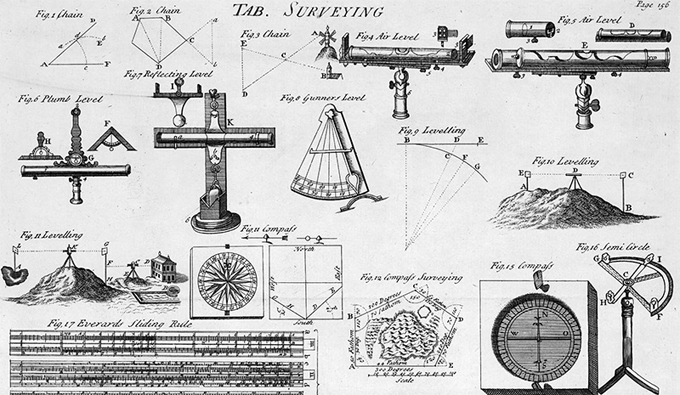
Different Types of Scales useful for Engineering Surveying
In the previous article, we discussed briefly on the topic of ?Scales in Surveying? where we came across an important term ?Representative factor? which forms an important part in understanding the scales in Surveying.
This construction article focuses on various types of scales generally applied in Surveying - The scales are segregated into four categories:
Plain Scale: With Plain Scale, one will be able to compute two dimensions only. As for instance, measurements range from units and lengths, metres and decimetres etc. The engineers, Architects and Surveyors apply six types of plain scales in metric.
Diagonal Scale: On diagonal scale, one can compute three dimensions like metres, decimetres and centimetres, units, tens and hundreds; yards, feet and inches etc.
A short length is allocated into number of parts with the principle of identical triangle in which sides are symmetrical.
1-1 represent 1/10 PQ
2-2 represent 2/10 PQ
9-9 represent 9/10 PQ
Vernier Scale: A device specifically designed for estimating the fractional part of one of the lowest divisions of a graduated scale. It generally contains a small auxiliary scale which moves together with the main scale.
Minimum count of the vernier = the variance among lowest division on the main division and lowest division on the vernier scale.

Image Courtesy: txsurveys.com
Scale of Chords: Scale of chords is applied to work out an angle and is pointed on either on rectangular protractor or an ordinary box wood scale.
Ref.: www.civilprojectsonline.com

